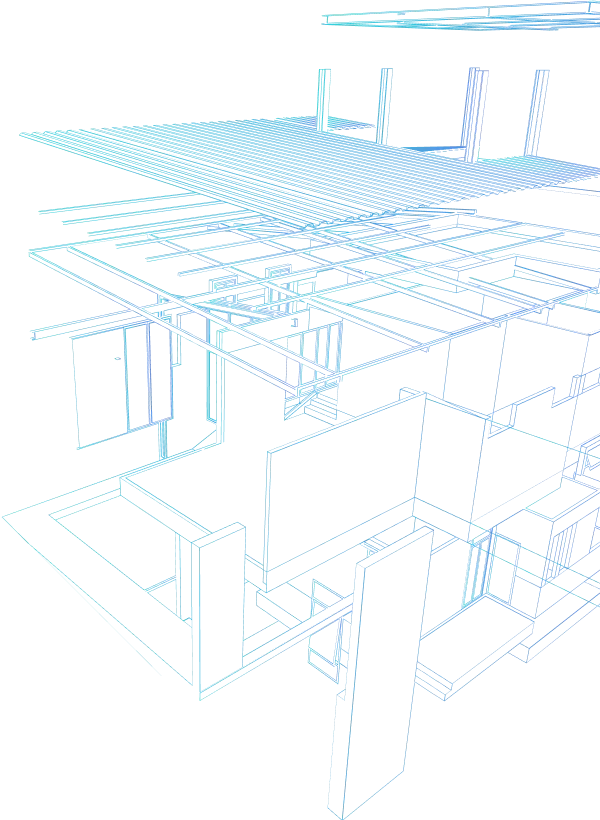The world’s largest commercial real estate services firm isn’t just dipping its toes into the EV charging market – it’s leveraging its massive scale to fundamentally ...
3D Concrete Printing: From Manhattan Planters to Marine Habitats




In the heart of Manhattan’s Financial District, an elegantly curved 60-foot planter with integrated seating catches the eye of passersby. Meanwhile in Stuart, Florida, just north of West Palm Beach, a loggerhead turtle glides through warm waters to rest on its custom-designed concrete reef. While these structures seem worlds apart, they share a fascinating origin: both emerged layer by layer from the nozzle of a 3D concrete printer.
“The robot doesn’t care if it’s printing a straight line or if it’s doing something really interesting,” explains Justin D’Angelo, founder of Printera, the Florida-based 3D concrete printing company behind both installations. This versatility is rapidly expanding the boundaries of what’s possible in construction, as D’Angelo and his team demonstrate through projects ranging from artistic architectural features to functional marine habitats.
Beyond the Hype: Real Benefits in Three Dimensions
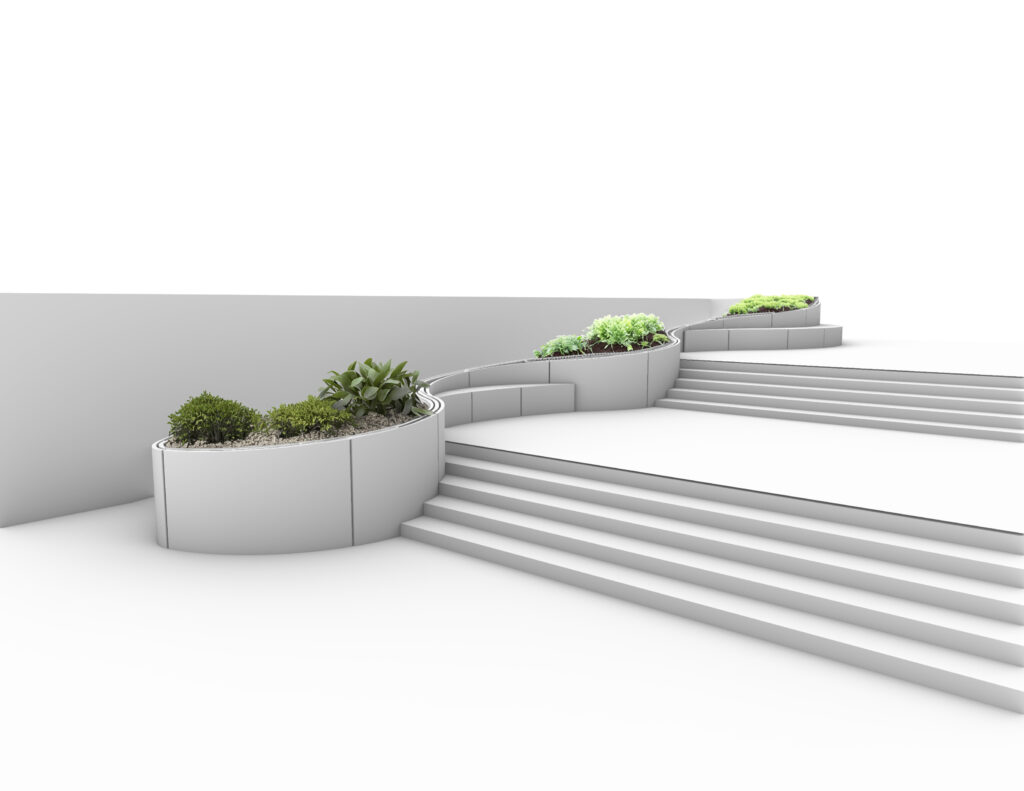

The advantages of 3D concrete printing extend well beyond the novelty of watching a robotic arm construct a building. D’Angelo breaks down the benefits into three key categories: financial, environmental, and resilience.
“When we look at a block comparison in Florida, 3D printing today is still 10-15% more expensive than traditional block on a raw material basis,” D’Angelo notes. “But the economics work in favor of 3D printing as soon as you realize the downstream benefits.”
These benefits include eliminating the need for expensive finishing work like stucco or drywall, since the printed surface can serve as the final finish. The technology also shines when incorporating curved surfaces or complex geometries, which cost no more to print than straight walls.
Wrestling with Sustainability


The environmental impact of 3D printed concrete construction presents a complex picture. Concrete remains one of the world’s largest contributors to carbon emissions – it’s the most used building material globally after water, and its production is notably carbon-intensive. However, the construction industry is exploring ways to make 3D printed concrete more sustainable.
D’Angelo points to several potential advantages: “The additive nature means that we’re only using exactly the amount of material needed to construct this object,” he explains, noting the reduction in waste compared to traditional construction methods. The longevity of concrete structures could also play a role in the sustainability equation. “The most devastating thing you can do right for a project is build it in the first place,” he notes. “If you’ve got a concrete structure that lasts three times as long as a stick frame house, then you know its footprint isn’t so big.”
Innovative materials might help further reduce environmental impact. Printera recently announced a partnership with a South Florida startup to use Capture Crete, which claims to sequester 10% of its weight in CO2 from the atmosphere. While such developments show promise, they’re still in early stages and their long-term impact remains to be proven. The industry continues to grapple with concrete’s fundamental sustainability challenges while pushing for incremental improvements in efficiency and materials science.
Resilience for a Changing Climate
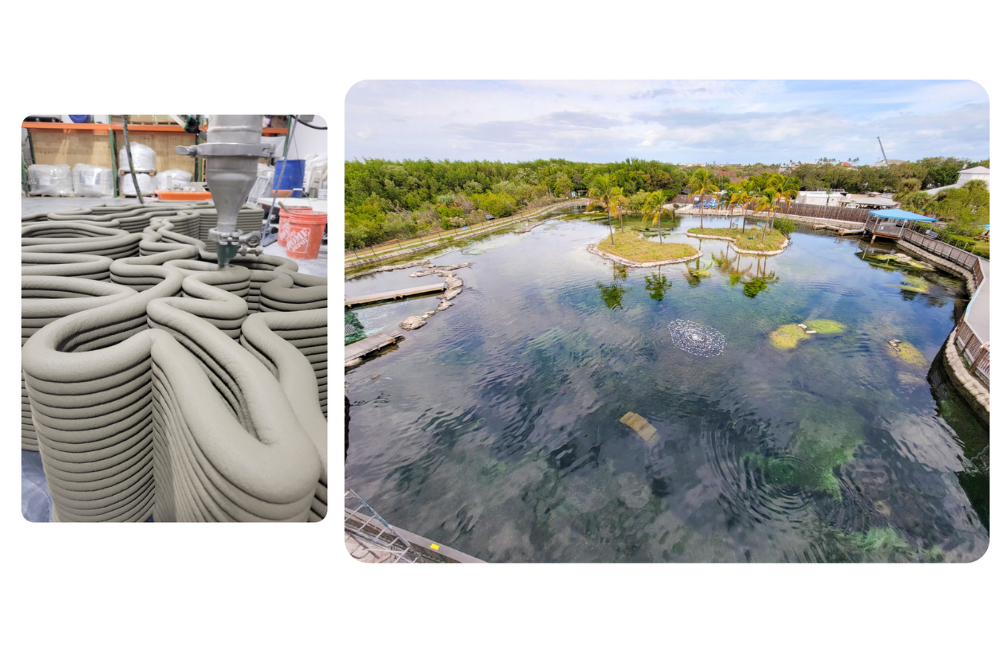

In an era of increasingly severe weather events, the resilience of 3D printed concrete structures is particularly appealing. These buildings offer superior hurricane resistance, fire protection, and flood resilience. As D’Angelo points out, “If your structure does flood and the waters recede, you don’t have to gut it.” The structures are also naturally resistant to termites, mold, and mildew.
From Innovative Infrastructure to Artistic Expression


The versatility of 3D concrete printing is perhaps best illustrated by Printera’s diverse portfolio. Beyond their landmark Manhattan installation, the company’s work with Florida’s oceanographic centers demonstrates the technology’s adaptability. Their artificial reef project proved so successful that within two hours of deployment, the resident loggerhead turtle was already using it as intended, leading to additional orders from the center.
Innovation in Insulation and Design
The technology offers practical benefits beyond aesthetics. “When we think about a wall segment, what we’re really talking about is two parallel lines that have a cavity in the middle,” D’Angelo explains. This cavity can be customized to accommodate different insulation needs, particularly valuable in hot climates. The team can adjust the scale of these cavities to achieve specific R-values, offering superior thermal efficiency.
The Road Ahead
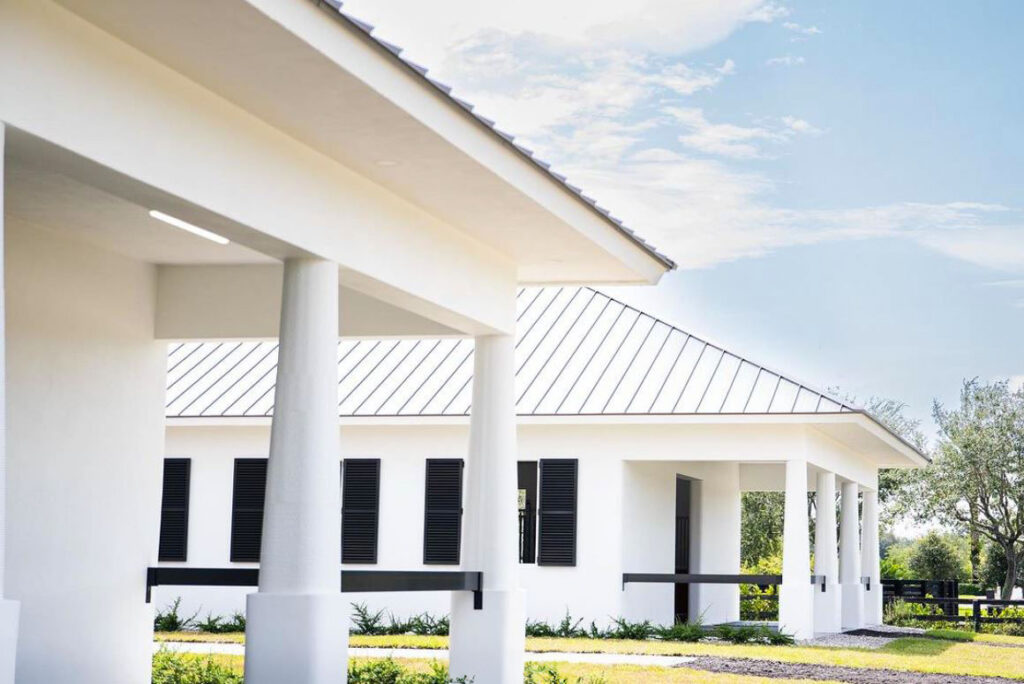

While 3D concrete printing has made significant strides, some challenges remain. Regulatory frameworks are still evolving, though D’Angelo notes that in Florida, the permitting process has been relatively straightforward, with structures being evaluated similarly to traditional concrete block construction.
Public awareness and acceptance are growing rapidly. “If you talked to somebody three years ago when I started the business, almost everybody was like, ‘What? 3D printing structures?'” D’Angelo recalls. “Now I’m starting to see a lot more people that have come and say, ‘Oh, I saw the 60 Minutes segment about 3D printed housing.'”
Looking ahead in 2025, Printera has several exciting projects in development, including three housing projects and infrastructure elements like manholes and culverts. Perhaps most intriguingly, they’re working on a series of park ranger cabins for Big Cypress National Park. Each cabin will share the same architectural footprint but feature unique exterior patterns mimicking natural elements found in the park – from alligator skin textures to flowing designs inspired by mangrove roots.
As natural disasters continue to highlight the need for resilient construction and sustainability becomes increasingly crucial, 3D concrete printing is positioned to play an increasingly important role in addressing construction challenges. The future of construction is being printed, one layer at a time – and it’s looking more innovative than ever.
Similar Articles
Explore similar articles from Our Team of Experts.
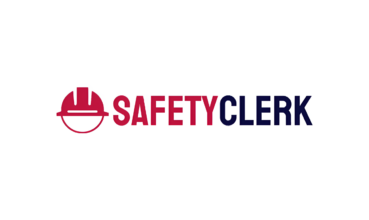

When a fraudulent workplace injury claim hit one of Stefano Braganti’s construction sites, the resulting years-long legal battle exposed a critical gap in the industry. As a structural...


Luxury real estate veteran Chris Pollinger has built a formidable consulting practice helping elite real estate professionals navigate market transitions and achieve dramatic growth. As foun...


From his vantage point in Boston’s commercial real estate market, Casey Valente is witnessing a remarkable transformation. As foreign capital flows in and creative deal structures emer...


“We have an optimistic view of the future,” says Rob Huthnance, newly appointed President of CT Realty, a company at the forefront of industrial real estate development across th...




